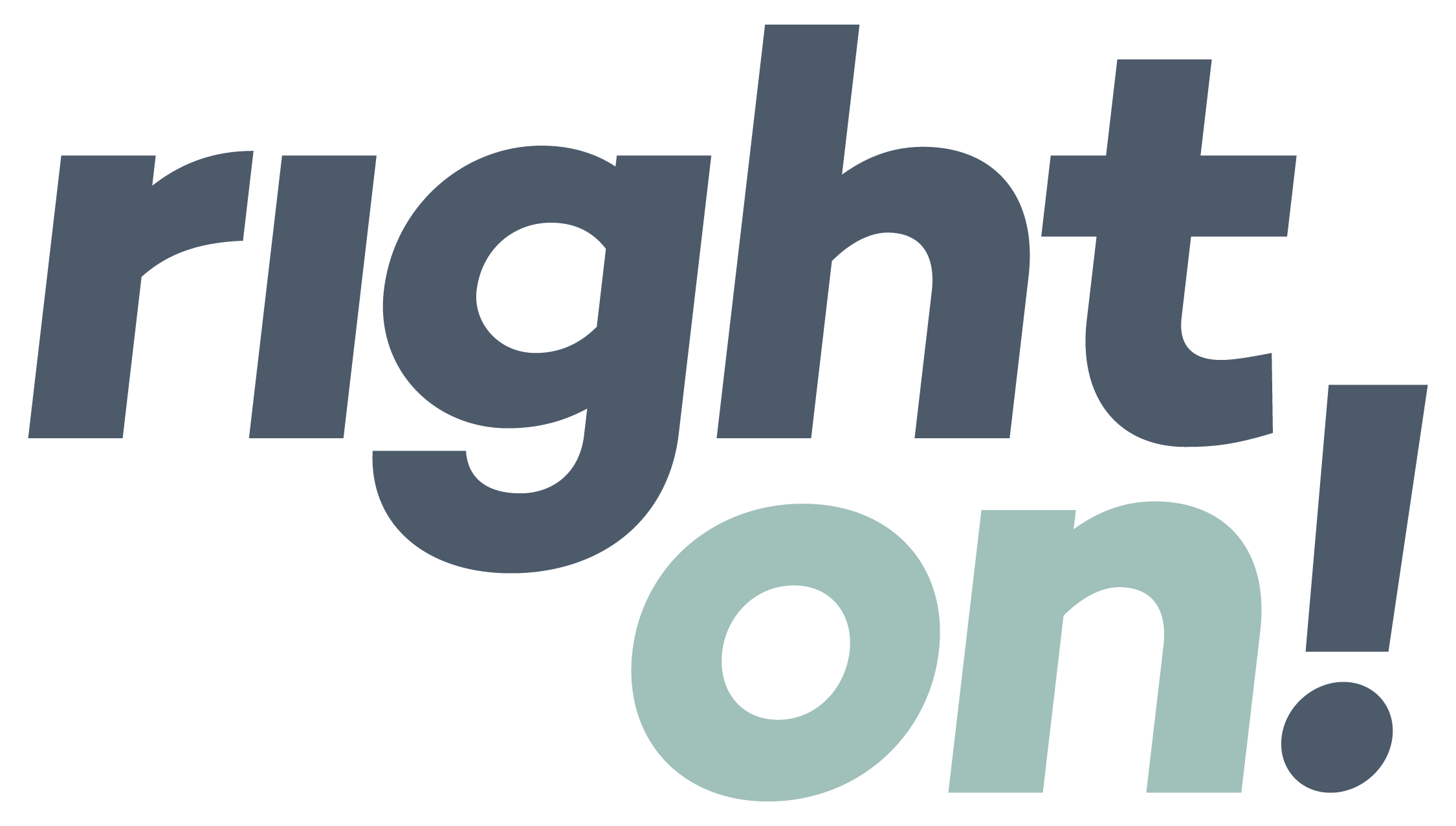
How to market to Gen Z, by a Gen Zer.
Gen Z is a pretty strange generation. We continue to find ways to wear even less clothing. We trust some of our favorite YouTubers more than our friends. We’re also the most depressed, lonely and anxiety-ridden generation yet, despite all our social media. Now, that isn’t to say that I’m upset to be a part of it. Strange isn’t necessarily bad, though it sure does leave a lot of marketing researchers sitting around scratching their heads.
My generation is the first to officially be called ‘digital natives’, and I think that’s correct. I can’t think of a time when the internet wasn’t present in my house. I’ve had Google and Wikipedia on demand for nearly all of my education. I do all my math with my phone’s built-in calculator. My generation understands technology so well it’s basically a superpower. But we’re also extremely dependent on our devices. For just about everything.
If you haven’t guessed it yet, technology is the way to the heart of any member of Generation Z. Combining the data I found online and my own personal experiences, I feel that I can give you a good window into how we fall for good marketing.
We expect to see advertisements
It’s true that a large number of Gen Z employs ad blockers. But what isn’t often spoken about is our mental ad blocker. After countless years of surfing the web and watching YouTube videos, we censor pretty much everything we see online without even thinking about it. We’ve been doing it our whole lives.
Some ads catch our attention by the sheer virtue of their originality or creativeness. It’s like going over a bump in the road, you simply can’t ignore it. But for the most part, we just look the other way. If you want to be successful, you have to be in that top percent where you grab our attention and hold it fast.
We spend far too much time online
A study by Pew Research shows that 85% of Gen Z uses YouTube. And as much as I hate to say it, it’s true. I use YouTube. Every single friend I have uses YouTube. Siblings, cousins, you name it. We all use YouTube.
Not only that, Common Sense Media found that teens spend an average of nine hours a day online. And yeah, that’s true too. Back in high school, when I had the YouTube app on my smartphone, I somehow managed to watch two hours of videos a day between my classes. The school day is only six and a half hours long. It still baffles me.
Online is how you’re going to get us. Not billboards. Not sponsored television ads. You have to hit us right in the heart.
We speak by word of screen
Gen Zers communicate through every kind of device. We also have several different forms of social media. YouTube is one such form. Instagram and Snapchat are another. Media like Discord and GroupMe, where it’s just online texting threads, are also important.
The strangest thing is how high schoolers communicate in person. When conversation is lacking, or you’re beginning a conversation with someone you’ve never met before, often the smartest thing to do is pull out your phone and show people what you’ve found online recently. This would usually include amusing images or videos. It’s a strange ritual. Eventually it got to the point where it started nearly every conversation, even with trusted friends.
These images and other messages travel at incredible speeds through our communities. They jump from media to media as we share them in person and online. Sometimes they become really popular, to the point where teens all over the country are laughing at the same jokes.
That’s what I call free advertising.
Remember when people were actually eating Tide Pods? Gen Z ate that stuff up, sometimes literally. Every single teenager in the country knew about it. Even to this day, when asked about laundry detergent, I wouldn’t be surprised if my entire generation thinks of Tide first.
In the end, that’s how you get us. Maybe it’s not through humor specifically, but you need to make your message shareable. We’ll do the rest of the work for you. Next time you blink, your message will be traveling at the speed of light across the country, changing hands and flying between phones.
It’s scary to think that I may even help with that.
Our Most Recent Insights.
SEE ALL INSIGHTS →
Strategy
How to talk climate with conservatives.
Many conservatives care deeply about the environment. They just talk about it differently.

Storytelling
Stories of hope from Climate Week.
At Climate Week NYC, people showed up to with creative, courageous climate solutions.

Strategy
Get your sustainability initiatives funded.
How healthcare leaders win support for sustainability — and how you can, too.
